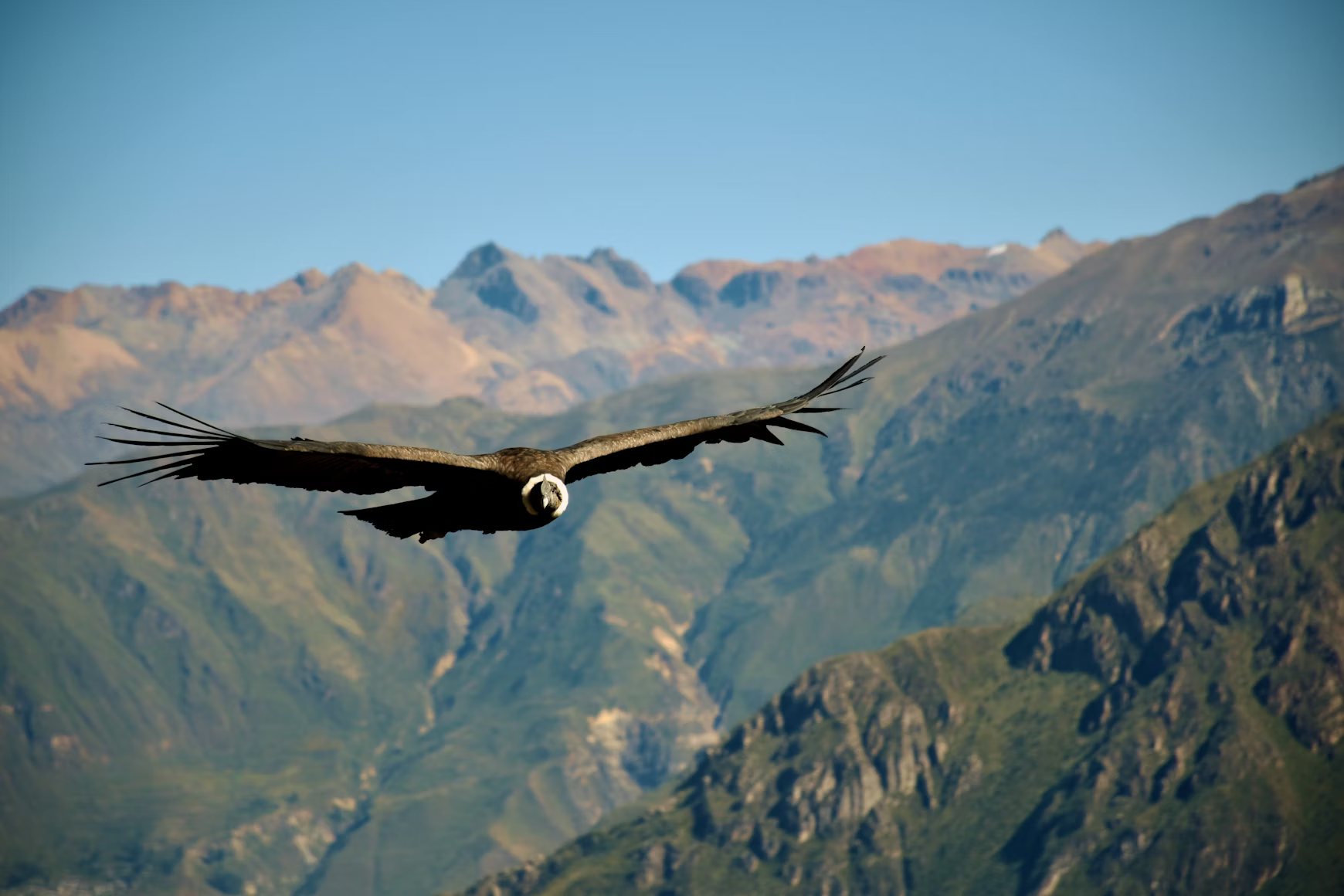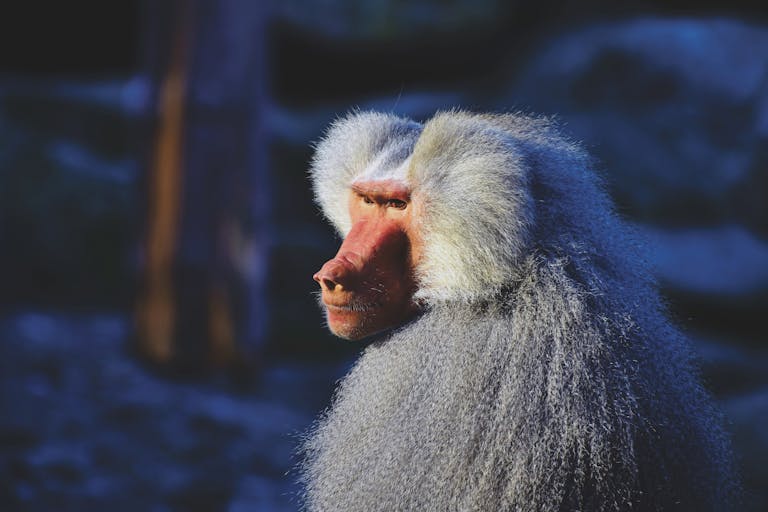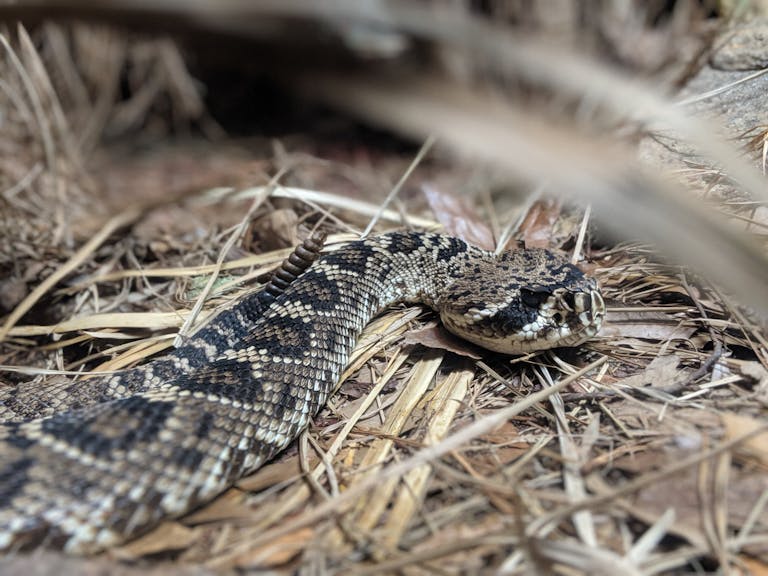California Condors Return to the Bay Area After a Century: A Real Comeback Story Backed by Science

For the first time in more than 100 years, the California condor—North America’s largest bird—is soaring once again over parts of the San Francisco Bay Area. This is not just a random sighting but a scientifically documented expansion of their range, confirmed by researchers from the Ventana Wildlife Society (VWS) and other conservation groups. These movements mark a significant milestone in one of the most successful wildlife recovery efforts in U.S. history.
The Return to the East Bay
Over the last two years, VWS scientists have tracked 30 individual condors making multiple trips into Alameda and Contra Costa counties. According to the organization’s GPS tracking data, these flights are the first verified condor movements into these regions in over a century.
One standout traveler, a six-year-old male condor known as #996, has made over 60 trips into the East Bay since 2023. As he approaches breeding age, scientists believe he’s exploring new nesting and foraging areas—a promising sign for the species’ gradual rewilding.
The farthest documented journey occurred in 2021, when female condor #828 flew from Pinnacles National Park (east of the Salinas Valley), crossed over Livermore, and reached near Mount Diablo before returning south. More recent sightings include two condors resting overnight near San Antonio Reservoir in Sunol Regional Wilderness in September 2025.
These movements are more than symbolic; they show that condors are once again expanding their natural range, searching for new territories as their populations slowly increase.
How the Recovery Began
Historically, California condors ruled the skies along the West Coast, from Baja California all the way to British Columbia. These massive scavengers, weighing up to 22 pounds with a wingspan of more than nine feet, once thrived across varied landscapes. But by the 1960s, their numbers had crashed to fewer than 100 individuals, mostly due to poison ingestion and habitat loss.
By 1982, only 23 condors remained in the wild. In a controversial but necessary move, biologists captured every remaining bird and launched an intensive captive breeding program to save the species from extinction.
The Ventana Wildlife Society began releasing captive-bred condors back into the wild in 1997, starting in Big Sur. The effort expanded to Pinnacles National Park in 2003, followed by releases by the National Park Service. These sites have now become the core of California’s condor population.
Today, there are around 400 condors living in the wild, with roughly 110 in Central California (including Big Sur and Pinnacles), over 100 in Southern California, about 50–60 in Northern California near Eureka, and fewer than 200 across Arizona and Baja California.
Understanding the East Bay Expansion
Condors have powerful wings that allow them to fly over 150 miles a day, but they are known to return to their roosting areas regularly. Recent tracking data shows that younger birds—particularly males entering maturity—are the ones venturing into new areas like Alameda County and beyond.
Scientists suggest that longer and warmer summer days could be encouraging these exploratory flights northward. In 2024, a group of seven condors was seen soaring north from south of Ohlone Regional Wilderness, passing over Pleasanton, Sunol, Dublin, and Tassajara, and reaching Lime Ridge Open Space near Clayton—the furthest north any condor has been seen in Contra Costa County in more than a century.
The Diablo Range, which stretches over 200 miles and spans 3.5 million acres, has proven to be a crucial flight corridor for condors. Its rugged terrain, high ridges, and thermal updrafts offer the perfect natural highway for these soaring giants.
A Slow but Steady Recovery
Despite the excitement surrounding these sightings, condor recovery is a slow process. A condor lays only one egg every two years, and raising that single chick takes nearly a full year of parental care. This slow reproductive rate makes population growth naturally gradual, even under ideal conditions.
Another major challenge is lead poisoning, still the leading cause of condor deaths today. Condors are scavengers—they feed on the remains of dead animals, including those shot by hunters using lead bullets. When they ingest even tiny fragments of lead, it can cause fatal poisoning.
The tragic case of condor #828, who died of lead poisoning in 2022 just a year after her historic flight near Mount Diablo, illustrates how serious this issue remains.
To combat this, organizations like VWS have spent years working with hunters and ranchers, swapping lead ammunition for copper or steel alternatives. While progress has been made, lead poisoning continues to threaten the long-term survival of the species.
Other Threats Facing the Species
The 2020 Dolan Fire in Big Sur dealt a devastating blow to the recovery program, killing 12 condors and destroying a critical release facility. The fire forced conservationists to rebuild and expand efforts to protect condor habitats from increasingly severe wildfires fueled by climate change.
In addition to environmental threats, condors are also vulnerable to electrocution from power lines and microtrash ingestion—bits of garbage such as bottle caps and plastic that they sometimes feed to their chicks, mistaking them for bone fragments.
Still, mortality rates have improved. Only a few condors now die each year thanks to intensive monitoring, veterinary intervention, and ongoing community partnerships.
Why These Flights Matter
The presence of condors in the East Bay doesn’t just represent a geographic expansion—it’s a sign of ecological healing. Each successful flight means the species is becoming more self-sustaining, more resilient, and better integrated into California’s natural ecosystems.
These exploratory movements also help biologists identify potential new nesting sites and suitable roosting locations, expanding the safe zones where condors can thrive.
At the same time, experts caution against assuming the population is fully recovered. Unless the overall numbers continue to grow significantly, these northward flights may remain rare. For now, sightings in Sunol, Livermore, and Mount Diablo are cause for celebration—but also a reminder of how fragile recovery can be.
About the California Condor: A Quick Background
- Scientific name: Gymnogyps californianus
- Family: Cathartidae (New World vultures)
- Weight: Up to 22 pounds
- Wingspan: Up to 9.5 feet
- Diet: Strictly scavengers, feeding on large mammal carcasses (deer, cattle, sea lions, etc.)
- Lifespan: Can exceed 60 years in the wild
- Range: Historically from British Columbia to Baja California; now limited but slowly expanding
Condors are one of the most studied birds in North America because of the intensive management program required to keep them alive. Each bird is fitted with a radio or GPS transmitter, and teams monitor their feeding habits, nesting sites, and health daily.
While they are sociable, condors typically remain within their own flocks throughout life, often seen gliding in small groups rather than large formations.
Looking Ahead
The Ventana Wildlife Society continues to release new condors each year. The latest release took place on October 25, 2025, near San Simeon, adding a few more individuals to California’s growing population. With ongoing protection and awareness efforts, the hope is that condors will one day be a regular sight across the entire state, not just in isolated strongholds.
Conservationists believe that in another 20 years, if habitat protections hold and poisoning declines, the condor could once again become a common emblem of California’s wild landscapes—a true return from the brink of extinction.
Research Reference:
For a century, they were gone, but California Condors are making a comeback in parts of the Bay Area – Phys.org (October 21, 2025)





